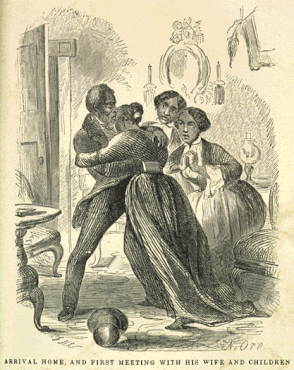Daniel Kane's "Poetry and Punk Rock in NYC"
Reviewed by Louie Dean Valencia-García
Punk culture, like most subcultures, depends upon mythology. These mythologies are built around people, spaces, and events of the past, often reused to create something new — pieced together in what cultural theorist Dick Hebdige calls “bricolage.” Daniel Kane’s “Do You Have a Band?”: Poetry and Punk Rock in New York City attempts to demystify one particular aspect of the early days of the New York City punk scene: its connection to the New York poetry scene. In a way, this work functions much like a sequel to the author’s 2003 work, All Poets Welcome: The Lower East Side Poetry Scene in the 1960s, focusing primarily on the well-known. Kane gives just about equal time to both analysis of poetic influences and to biography, intertwining them in his narrative. Do You Have a Band? is divided into chapters that focus on The Fugs, Lou Reed, St. Mark’s Poetry Project, Richard Hell, Patti Smith, Eileen Myles, Dennis Cooper, and Jim Carroll. The author’s decision to focus on these individuals and places does not surprise — they all fit into a sort of mythologized New York proto-punk canon. When given the opportunity to talk about punk-poets outside the canon, Kane avoids researching the less-famous individuals who were part of the scene. This focus on the select few is particularly noticeable in choices such as Kane’s decision not to elaborate upon the lesser known poets that figured into the mimeograph punk poet magazine published by Richard Hell — leaving the mythology of the New York punk-poetry scene largely intact.
Read More








